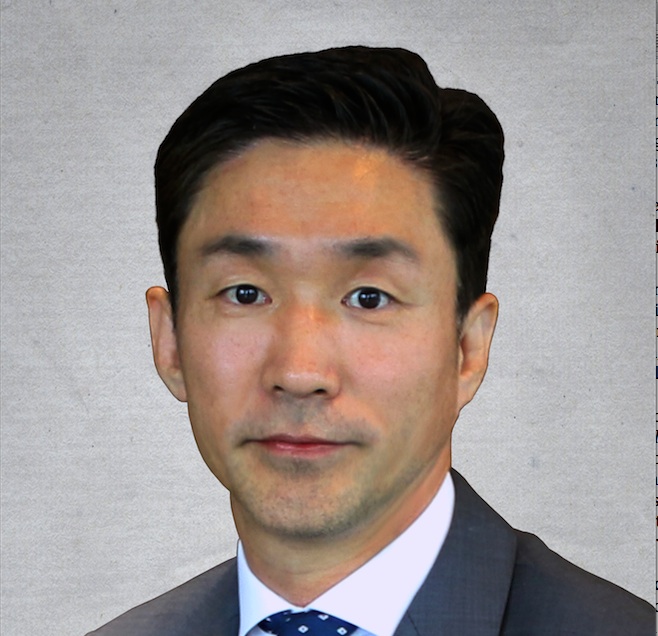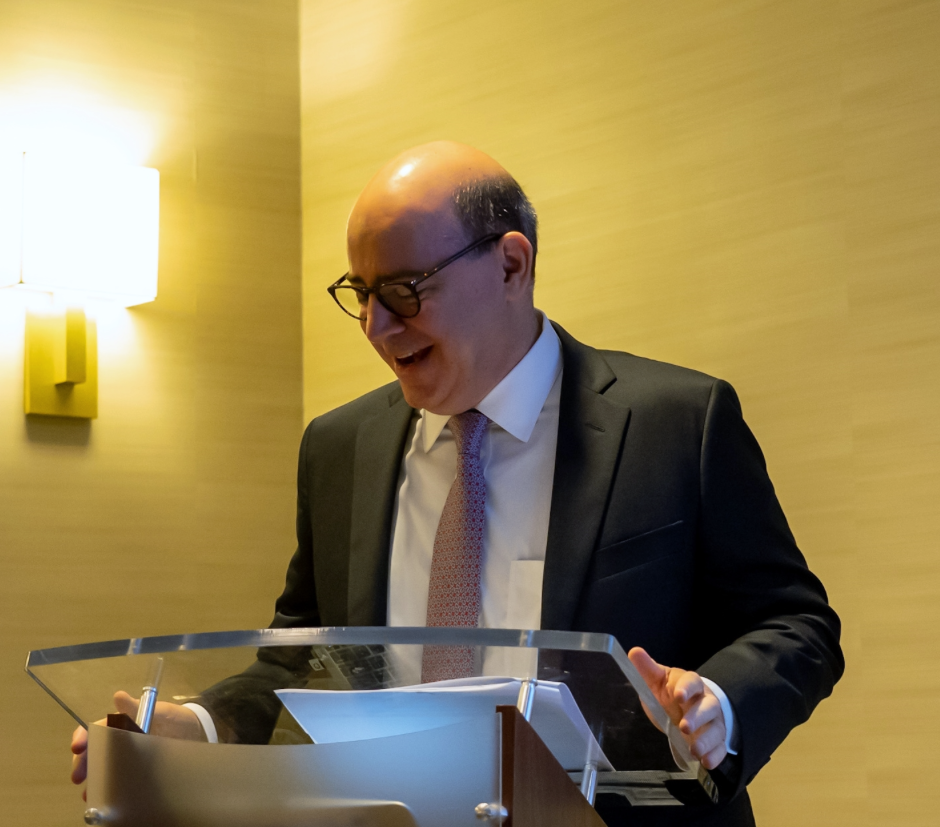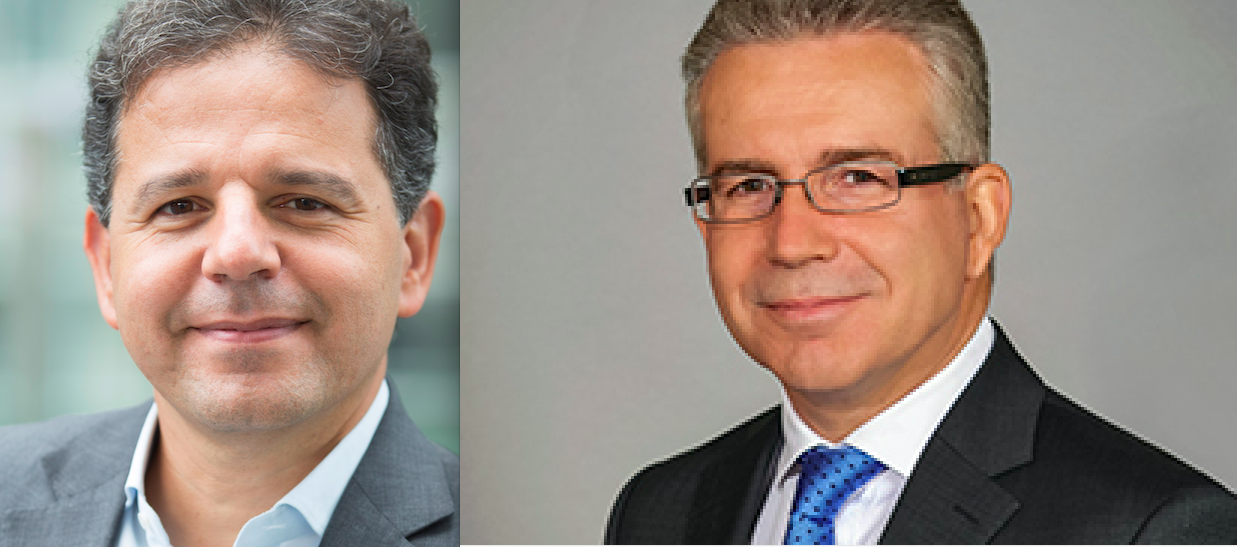Asian Equities Remain Very Attractive… The Structural Growth Stories Are Still There
| By Alicia Miguel | 0 Comentarios

Growth around the world is slowing down, but in Asia we can still find many stories of structural growth that make a case for equity investments in the region. This is explained by Rahul Chadha, CIO of Mirae Asset Global Investments in this interview with Funds Society. He acknowledges that the trade war between China and the US can cause some pain, but he believes that the measures that some countries are taking can alleviate the situation and even benefit some markets.
The world is slowing its growth… what are the perspectives for the Asian region?
Indeed global growth momentum is slowing; however, we believe that policymakers have the necessary tools at their disposal to support growth should downside risks arise. Our current base case is that we will see a gradual growth recovery as policy support filters through to the real economy. Along with stimulus measures including further infrastructure spending boosts, monetary easing and fiscal stimulus, we expect China to push forward with further opening-up of domestic industries (in particular financial sectors) and capital markets and implement more structural reforms. In India, the government has recently made a major move to boost growth and sentiment by announcing a substantial cut in corporate tax rates. Corporate income tax rates will reduce from 34.3% to 25.17%, effective this current financial year. Furthermore, for new manufacturing companies setting up after 1 October 2019, the corporate income tax rate is further reduced to 17%, which should help attract more Foreign Direct Investment (FDI)
What macro consequences will the U.S.-China trade war bring to the region? Which countries will be the most affected or which ones will be benefited from substituting China instead of the U.S. as a trading partner?
Increased tariffs will likely negatively affect growth; however, we believe that further easing policies will be able to mitigate some of these effects. In terms of the medium to longer term opportunities that these trade shifts could create, a number of Asian countries including India, Vietnam and other parts of Southeast Asia will be key beneficiaries. Multinational companies have already begun to explore shifting production facilities outside of China. These economies will benefit if their governments can build up the capacity to capture export share, which would attract higher foreign direct investments and create jobs. As mentioned earlier, the Indian government has lowered its corporate income tax rate to 17% for new manufacturing companies, which is a rate lowest among peers.
What will be the consequences in the markets? Do you fear a shock if the situation worsens?
US-China trade remains a key area to watch for markets and a meaningful escalation is a tail risk. Despite trade talks resuming, a near-term resolution for US-China trade appears unlikely at this stage, we expect the current dynamic to remain until one or both sides begins to feel the full impact of additional tariffs. Having said that, we believe both parties will continue to work towards an eventual trade deal.
In general, in Asian markets, what are the main risks for the coming months?
We expect that in the near term, markets will probably continue to see periods of higher volatility as investors grapple with the current key issues – temporary US-China trade truce, slowing global growth and synchronized central bank easing. Amidst some market volatility, we continue to focus on strong business models, which are more resilient from the impact of disruption and uncertainty, and prefer names that have reasonable, not high, implied growth expectations.
Even so, does investment in Asian equities represent a good opportunity? What returns can be expected for 2020?
We believe Asian equities remain very attractive. Despite some slowdown and macro uncertainty, the structural growth stories are still there. Importantly, Asia ex-Japan valuations are currently at an attractive level, and we see potential compelling risk-reward opportunities. Our base case for 2020 is that we see a gradual recovery on the back of policy support measures and if there is a resolution of trade tensions, then we could see a stronger recovery as it removes the overhang of uncertainty and boost corporate confidence.
Which markets have the best prospects? The big ones or the peripheral ones and why?
China remains an attractive structural story, despite the headline risks. While policy support is set to continue as trade uncertainties persist, the Chinese government still has many levers it can utilize to stimulate the economy, particularly given that the stimulus, thus far, has been very measured. A-share inclusion factor increasing on MSCI indices is also another positive. Since the initial inclusion of A-shares in June 2018, foreign investors have been increasing their exposure to China’s onshore market. At the end of 2018, foreign investors accounted for approximately 6.7% of the free-float market cap of the onshore equity market. This level is still low compared to other major markets in the region such as Taiwan, South Korea and Japan, where foreign ownership is in the 20%–35% range. We have been researching opportunities in the China A-share market since the Stock Connect program was first launched in November 2014, and we seek to further deepen and expand our capabilities in this space going forward.
In India, Prime Minister Modi’s re-election win gives him another five year term, which should be positive for the Indian equity market, as it provides stability and continuity for his development agenda. The recent corporate tax cuts will provide a boost to the economy. Near term growth is likely to remain softer as policy support measures will take some time to filter to the real economy. However, the fact remains that over the medium term, India is a very powerful story and the economy is at a cyclical bottom.
By sectors, do you have any preferences?
Our portfolios’ sector/country allocations are the end-result of bottom up stock selection. Irrespective of sector, we prefer companies with strong business models and leaders in technology/digitization, utilizing big data, as we believe they will be the stronger performers over the long run. Healthcare is an overweight position in the portfolio, we prefer leading private hospitals and innovative pharma companies, particularly those developing treatment for chronic diseases such as diabetes, cancer. Insurance is another area where we see very attractive opportunities as penetration remains very low across most Asian countries. We like industry leaders with strong brand, solid agency force/distribution.
How can central banks help Asian markets? How are central banks behaving in Asia?
Amid a more dovish stance from the US Fed, most central banks in Asia have embarke on easing of some sort and more is likely to come. For example, the Reserve Bank of India has been on a rate cutting cycle this year, the repo rate is now at a 9-year low. Additionally, Asian policy rates and currencies have normalized to a greater degree since 2013. This provides Asian central banks and policymakers with some room to confront potential downside risks to growth.










